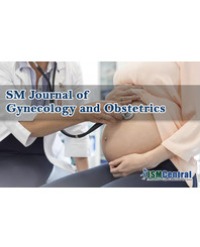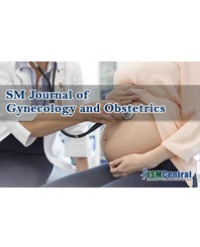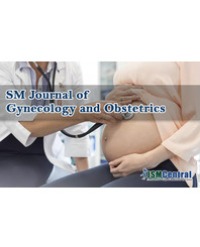
Interest of Late Cerclage on open Cervix with Amniotic Membrane
Objective:
To demonstrate effective strapping emergency in therapeutic management of threat with open cervix.
Methodology:
We conducted a descriptive cohort study at Yopougon Abidjan (Côte d’Ivoire) University Hospital. Over a period of two years (February 2015 to January 2017), the study concerned 11gestantes who presented a severe threat of late miscarriage with the opened cervix, protrusion and intact membranes in the second trimester of Pregnancy. For all pregnant, a strapping of the cervix has been performed according to Mac Donald’s procedure.
Results:
Mean’s age of patients was 30 years, 27.30% primigravida and 36.40% nulliparous. More than half (55%) had a history of abortion. Symptomatology was dominated by pelvic pain (63.60%). The average gestational age at the time of strapping was 20 weeks. Average duration of the interventions was 12, 27min and hospitalization of pregnant after cerclage was 3 days. Following up was marked by a new hospitalization in 3 patients, because of membrane’s rupture at 31 weeks of pregnancy. Average gestational age for childbirth was 36 weeks, 82% of births by caesarean section. 64% of children were born with a score of APGAR greater than 7 at the first minute. No cases of newborn death have been noted. Average time between strapping and childbirth was 115 days or 15 weeks.
Conclusion:
Emergency cervical strapping is used to prolong the duration of pregnancy and to reduce risk of high prematurity, thereby improving fetus viability and prognosis.
Fanny Mohamed*, Koffi Abdoul, Konan Jean Marie, Aka Edele, Adjoussou Stephane, Olou Luc, Fomba Minata, Horo Apollinaire and Kone Mamourou


